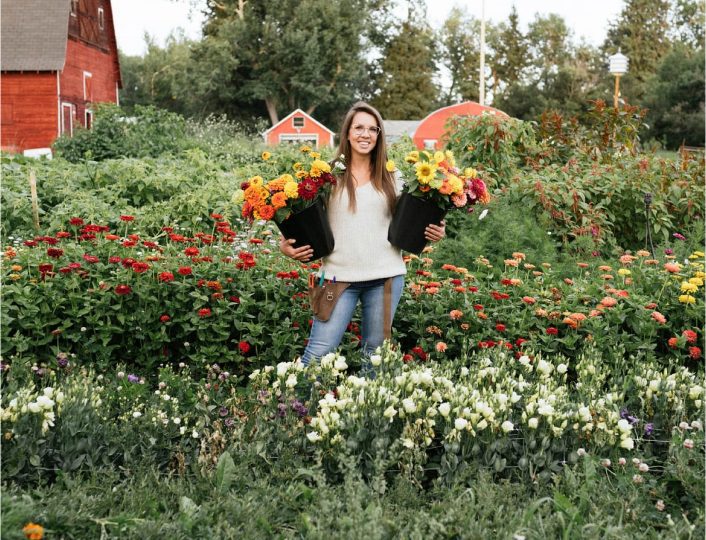 Filter by Popular Categories
Filter by Popular Categories
Alberta Land Access Guide
The Alberta Land Access Guide details land sharing models, lease templates and case studies. It’s a good resource on land sharing across the prairies, and may also help you understand the perspective of the farmer(s) looking to lease land or the landholder making land available.
You can also check out the B.C. Transition Toolkit for Non-Family Farm Transfer. This is a resource kit for anyone curious about – or neck-deep in – alternative ways to transition land and farms from one generation to the next.
The purpose of this guide is to support new and landless farmers to choose a path towards accessing land. In researching and writing this guide, the driving question has been: how have new farmers secured land? There are several different options to consider from leasing and purchasing to community farms and incubator plots – each with its own set of pros and cons.
This guide will lead you through a brainstorming and reflection process to help frame your needs and directions. It will outline the various choices for accessing land, provide useful tips for land assessment, a checklist for developing farmland access agreements with a landowner, and a sample lease template. All of the organizations, resources and links cited throughout this guide are listed for your reference in the resources section at the end.
FARMLAND SUCCESSION CONTEXT
The 2016 Statistics Canada Census of Agriculture reported that half of farmers are over the age of 55 and only 7% are under the age of 35. While there was a slight uptick in the number of new farmers under the age of 35 between 2011 and 2016, over the past 25 years the trend has been that we are losing young farmers at twice the rate that we are losing farmers overall.1 Like the rest of Canada, Alberta is facing a crisis of generational renewal on farms.
In 2015, a survey of new and aspiring farmers across Canada found that 68% of respondents did not grow up on a farm. 2 The survey found that new farmers were more likely to engage in direct marketing and ecological production practices. New farmers, perhaps like you, are motivated to farm and be part of solutions for climate change mitigation and environmental stewardship.
LAND ACCESS FOR NEW FARMERS
Respondents of the survey reported that the number one obstacle facing new farmers was affordability of land ownership. The value of land in Alberta increased 26.5% (in 2016 constant dollars) from 2011 to 2016.3 Housing and job markets look different than they did 20 years ago. These days, many of us work several different jobs with considerably less job security and a limited ability to plan for retirement. People are looking to farming as an avenue to change their lifestyle and an opportunity to work for oneself.
Farming is hard work and it takes significant planning, perseverance, and determination to be successful. However, the first step of buying land without existing capital, equity, family support, or a business partner to finance farm start-up is extremely challenging. That’s why we put this guide together: to support you in your decision-making process to figure out what is viable for you to get on land and start a farm business.
1 Canadian Food Studies, Vol 5 No 3 (2018) Special Issue: Building an integrative Food Policy for Canada
2 Canadian Food Studies, Vol 5 No 3 (2018) Special Issue: Building an integrative Food Policy for Canada
3 Statistics Canada, 2016 Census of Agriculture
U-Map Resources
A national interactive Resource Map focused on centralizing information for new and young farmers from farms in the network, to available land, financial resources, farm suppliers and more. Add your resource to the map or find a resource. If you are mapping resources in your area, please get in touch!


 Filter by Popular Categories
Filter by Popular Categories
